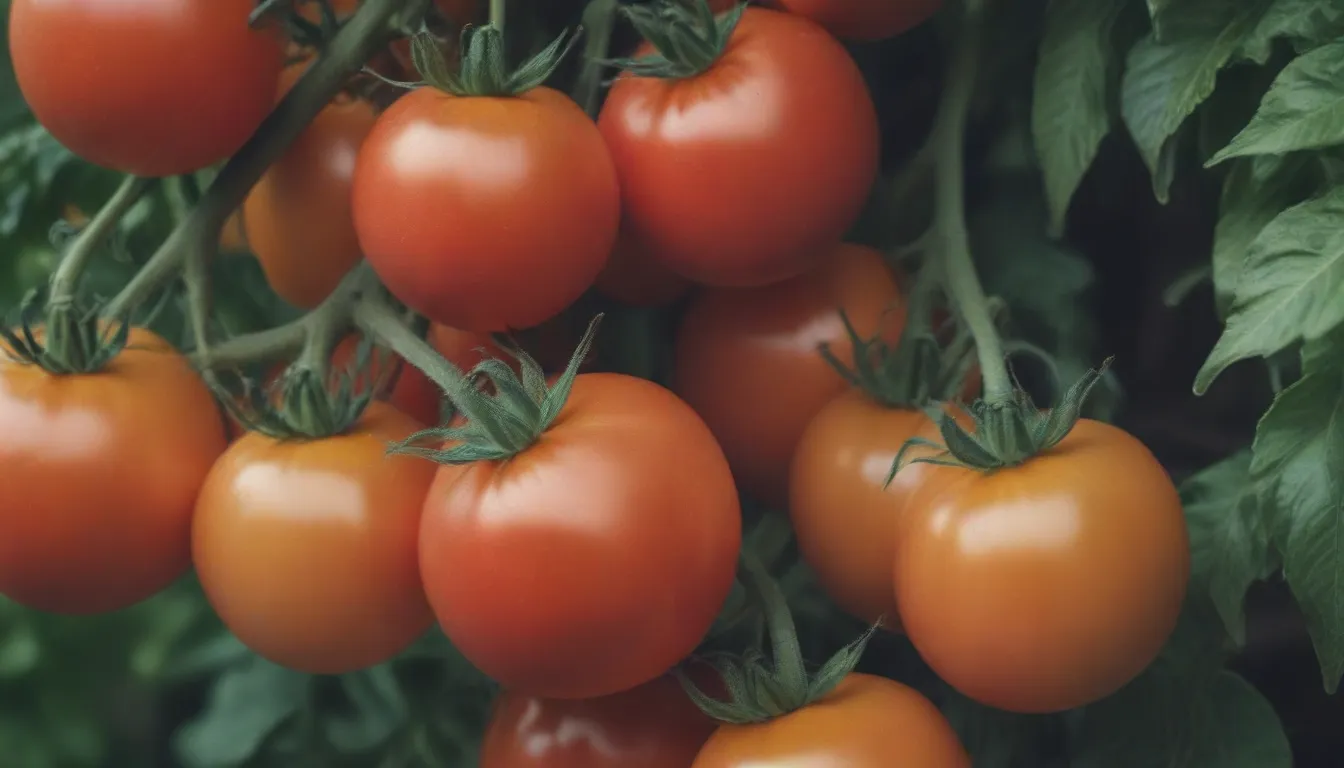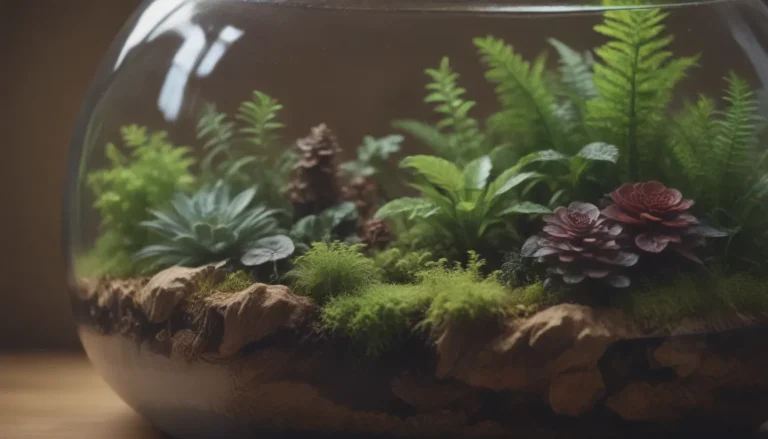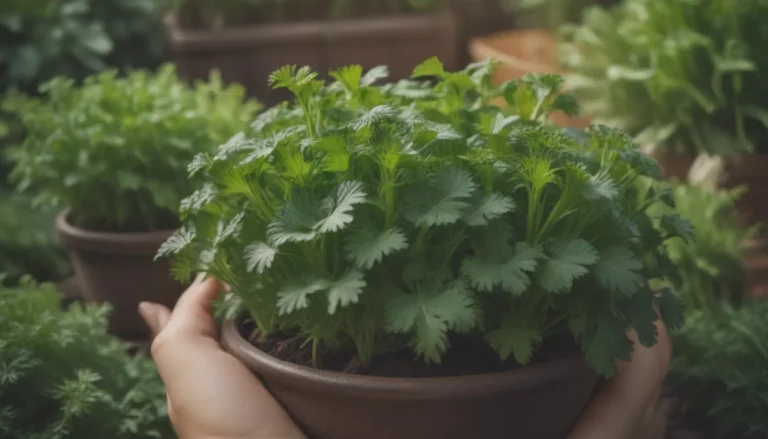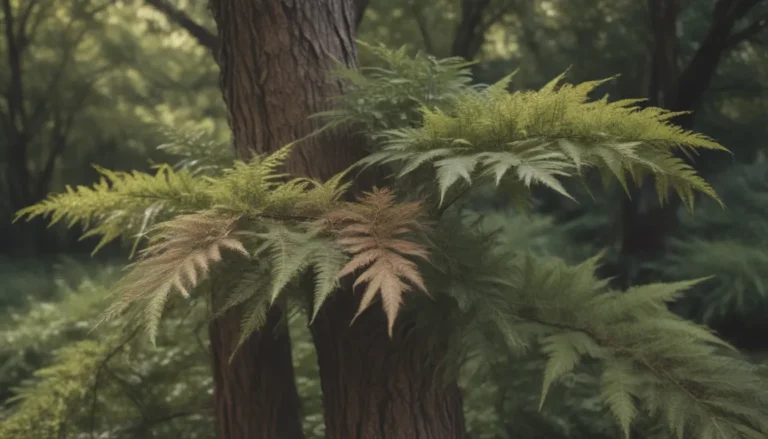A Comprehensive Guide to Growing And Caring For Tomatoes Indoors

Growing tomatoes indoors may seem like a daunting task, but with the right conditions and care, it can be a rewarding experience. Tomatoes, a member of the nightshade family, require specific conditions to thrive and produce fruit. In this in-depth guide, we will explore everything you need to know to successfully grow and care for tomatoes indoors.
Can You Grow Tomatoes Indoors?
Yes, tomatoes can be grown indoors, especially during the winter months when it’s too cold for them to grow outdoors. Small patio varieties are ideal for indoor growing as they can easily fit into containers. When growing tomatoes indoors, ensure they have access to plenty of sunlight and warmth. Here are some tips on how to grow tomatoes indoors successfully:
Sunlight
Tomato plants require full sun, meaning six to eight hours of direct sunlight daily. If you don’t have access to a sunny window, consider using grow lights to provide the necessary light for your plants. Rotating the pots daily can help ensure even growth and prevent leggy stems.
Artificial Light
In cases where natural light is insufficient, install grow lights above the tomato plants. Adjust the height of the lights as the plants grow to prevent them from becoming too leggy. Position the lights about 1 to 2 inches above the seedlings until they begin to flower and produce fruit.
Temperature and Humidity
Tomatoes thrive in average room temperatures between 70 and 80 degrees Fahrenheit. Indoor environments generally provide suitable temperatures for tomato plants. Ensure the plants are well-watered and protected from strong drafts while still allowing for adequate air circulation.
Watering
Tomato plants require regular watering to keep the soil moist but not waterlogged. Good drainage is essential to prevent waterlogging, which can lead to root rot. Check the soil regularly, and water the plants when the top inch feels dry.
Air Circulation
While indoor tomato plants need protection from strong drafts, they also require some air circulation to prevent fungal issues. Ensure there is enough airflow around the plants to promote healthy growth.
Fertilizer
Tomatoes are heavy feeders and require regular feeding to support growth and fruit production. Use organic slow-release tomato fertilizer following the manufacturer’s instructions. Potted tomatoes may require more frequent feeding compared to outdoor plants.
Pruning and Maintenance
While pruning tomato plants is not always necessary, removing small stems, known as suckers, can help increase fruit production. For determinate varieties, avoid pruning, while indeterminate varieties can benefit from the removal of suckers to focus energy on fruit production.
Pollination
Tomatoes are self-pollinating but may require manual pollination indoors. Gently shake the plants or use a cotton swab to transfer pollen between blooms to ensure fruit set.
Container and Size
Choosing the right container is crucial for successful tomato growth indoors. Opt for containers at least 1 foot in diameter and depth, with larger varieties requiring larger pots. Check the space requirements of your tomato variety to choose an appropriately sized container.
Potting Soil and Drainage
Tomatoes thrive in well-draining, organic soil with a slightly acidic to neutral pH. Use a quality, all-purpose organic potting mix designed for container plants to provide the necessary nutrients for healthy growth.
Potting and Repotting Tomatoes
When transplanting seedlings, plant them slightly deeper than they were in the seedling container to encourage strong root growth. Avoid disturbing the roots once established by selecting a container large enough to accommodate the plant’s mature size.
Moving Tomatoes Outdoors for the Summer
As warm-season plants, tomatoes thrive outdoors during the summer months. When moving potted tomatoes outdoors, ensure the weather is reliably warm to prevent stress to the plants. Acclimate the plants gradually by increasing their outdoor exposure over a week to avoid shock.
Considerations
Move tomatoes outdoors when nighttime temperatures stay above 50 degrees Fahrenheit and daytime temperatures are consistently in the upper 70s. Monitor the plants for pest and disease issues while outdoors and move them back inside before temperatures drop below 50 degrees at night.
Harvesting Tomatoes
Most tomato varieties are ready for harvest between 55 and 85 days after planting, depending on the variety. Harvest ripe tomatoes by gently pulling them off the vine when they are fully colored. Store harvested tomatoes at room temperature and avoid refrigerating them to maintain flavor and texture.
Propagating Tomatoes
Tomatoes can be propagated from seeds, nursery plants, or cuttings. Taking cuttings allows you to create identical plants to your existing favorites. Late spring is the best time to take cuttings, though indoor-grown tomatoes can be propagated year-round.
Conclusion
Growing tomatoes indoors requires attention to detail but can be a rewarding experience for any gardener. By providing the right conditions, care, and maintenance, you can enjoy a bountiful harvest of delicious tomatoes year-round.
Whether you are a beginner or experienced gardener, growing tomatoes indoors is a fulfilling endeavor that allows you to enjoy fresh, homegrown produce regardless of the season. Follow the tips and guidelines outlined in this comprehensive guide to grow and care for tomatoes indoors successfully. Happy gardening!





